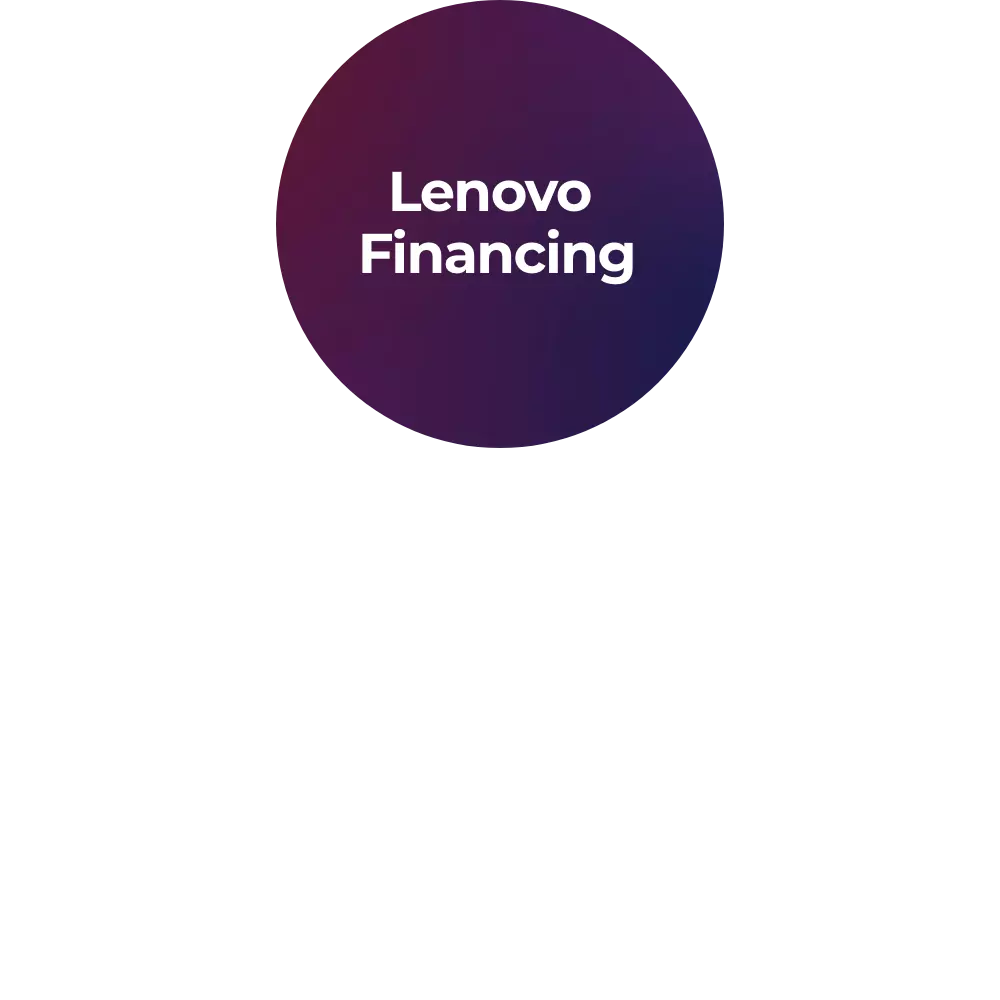What is SSD?
Are you looking to upgrade your computer’s storage capacity? If so, a solid state drive (SSD) may be the perfect choice for you. SSDs are increasingly being used in PCs due to their impressive speeds, greater durability, and energy savings. What exactly is an SSD and what makes it different from other forms of storage?
What are the components and technologies used in SSDs?
SSD stands for solid state drive. An SSD is a form of non-volatile storage that stores data electronically without relying on any moving parts. It consists of integrated circuits containing flash memory which can store large amounts of data reliably even when not connected to a power source.
To delve deeper, an SSD comprises two critical components: the flash controller and NAND flash memory chips. This combination is designed to optimize high read/write performance for both sequential and random data requests. Unlike traditional hard drives, SSDs read and write data to interconnected flash memory chips. These chips utilize floating gate transistors (FGTs) to maintain an electrical charge, allowing data to be retained even in the absence of power.
Each floating gate transistor represents a single bit of data. It is designated as a 1 for a charged cell or a 0 if the cell lacks an electrical charge. This efficient data storage mechanism provides the foundation for the rapid access speeds and reliability that SSDs are known for.
How is data represented in SSDs?
Data within an SSD is represented at the transistor level, with each holding a bit as either a charged state (1) or an uncharged state (0).
How do SSDs handle data requests?
SSDs are designed for high-performance read and write operations, effectively managing both sequential and random data requests.
What technology allows SSDs to maintain data without power?
Floating gate transistors are key to SSD technology, holding an electrical charge that preserves data storage independent of a power source.
How does an SSD store data?
Data storage in an SSD is achieved through interconnected flash memory chips that utilize floating gate transistors to maintain information, even without power.
What does SSD mean?
SSD, which stands for Solid State Drive, is a type of data storage device whose major defining feature is the lack of any moving parts. This makes them more reliable and faster than traditional hard disk drives, as there are no mechanical components that can be damaged or worn down over time. SSDs have become increasingly popular in recent years due to their superior speed, durability and reliability compared to HDDs. SSDs are quickly becoming the preferred option for consumers looking for a durable and dependable device to store their important data.
What types of non-volatile memory are used in SSDs?
There are three main types of SSDs—SATA, PCIe, and NVMe. Let’s look at each type in greater detail.
- SATA:SATA stands for Serial AT Attachment. It is the oldest type of SSD and is also the most common. SATA drives use the same internal interface as hard disk drives (HDDs) but offer much faster read/write speeds due to their lack of moving parts. They can be used for both general storage and booting up your operating system.
- PCIe:PCIe stands for Peripheral Component Interconnect Express. It is a high-speed interface designed to transfer data between two components on a computer such as an expansion card or a network adapter. PCIe drives are much faster than SATA drives because they are connected directly to the computer's processor rather than via a controller board like SATA drives are. This makes them ideal for applications that require fast access times such as video editing or gaming. However, PCIe drives tend to be more expensive than SATA drives because they require additional hardware components such as an expansion card or adapter to function properly.
- NVMe:NVMe stands for Non-Volatile Memory Express and is based on PCI Express technology as well as NVM technology (Non-volatile memory). NVMe drives are currently the fastest type of SSD available on the market today because they use a direct connection between the computer's processor and its storage device without any intermediate controllers or adapters required like with SATA and PCIe drives respectively. Additionally, NVMe drives offer performance advantages over other types of SSDs due to their ability to leverage multiple cores simultaneously when accessing stored data from multiple sources at once, thus providing increased efficiency in terms of read/write speed when compared with other types of SSDs in certain workload scenarios.
- NAND and NOR Flash: While SSDs can be distinguished by their interfaces, it’s crucial to understand the types of non-volatile memory they use: NAND and NOR. NAND flash is the backbone of SSDs, providing efficient storage solutions with fast data access and high storage density. It is the type of memory that powers the storage aspect of both SATA and NVMe drives.
Understanding SSD Memory Types
On the other hand, NOR flash offers quicker read times and is often used for executing code due to its random-access capabilities. Although NOR is generally more expensive and slower to write than NAND, it serves critical functions in devices, such as booting an operating system.
In most mobile devices, both NAND and NOR memory types are utilized. NOR is used to quickly boot up the operating system, while NAND extends the device's storage capacity, offering a balance of cost and performance that caters to various needs.
By understanding both the non-volatile memory types and the interfaces they connect with, you can make informed decisions about which SSD technology best suits your storage and performance requirements.
How do NAND and NOR memory types affect device performance and design?
NOR offers faster read times, important for code execution, but is costlier and slower in writing data. NAND is more storage-efficient, balancing cost and performance for data storage.
What are the typical applications of NAND and NOR memory?
NAND is typically used for storage purposes, like expanding memory in devices, whereas NOR is used in mobile devices for booting operating systems due to its random-access capabilities.
What are the differences between NAND and NOR memory?
The primary differences lie in their logic gates and data access methods. NAND uses serial access, making it suitable for storage, while NOR supports random access, ideal for executing code.
What are the common form factors for SSDs?
When considering the common form factors for SSDs, there are three main types to keep in mind:
- Traditional HDD Form Factors:These SSDs are designed to fit into the same slots as traditional hard disk drives (HDDs) in servers, specifically utilizing SAS and SATA interfaces. This makes them easily interchangeable with existing hardware configurations that support standard HDD dimensions.
- Add-in Cards:SSDs in this category use standard add-in card formats like those equipped with PCIe connections. Their PCIe integration allows for fast data transfer speeds by eliminating the need for network host bus adapters. Among these, U.2 SSDs are particularly noted for being a potential future replacement for the drives currently used in thin laptops.
- Memory Module SSDs:This type features SSDs integrated into DIMM or small-outline dual in-line memory module formats. They might employ interfaces similar to those of standard HDDs, such as SATA. Commonly referred to as non-volatile DIMM (NVDIMM) cards, they offer persistent storage capabilities while being connected via typical memory slots.
By understanding these three distinct SSD form factors, you can better align your hardware choices with your computing needs.
How do SSD speeds vary across different types?
The speed of an SSD can vary greatly depending on its type and model. Generally speaking, SATA-based SSDs have maximum read/write speeds ranging from 500MB/s to 600MB/s while NVMe-based models can reach speeds up to 3,000MB/s or higher in some cases. Keep in mind that these numbers are theoretical maximum speeds; actual performance will depend on your hardware configuration as well as the workload you’re performing.
What is the main difference between HDD and SSD?
When it comes to storage, the two most common types of hard drives are Hard Disk Drives (HDD) and Solid-State Drives (SSD).
The main difference between an HDD and an SSD is that HDDs contain spinning platters that store data on magnetic surfaces, while an SSD has no moving parts. This means that an SSD can access data much faster than an HDD because it does not need to spin up before accessing its information.
An HDD needs more power to run due to its moving parts, whereas an SSD uses less power and is more energy efficient. An HDD also tends to be larger in size compared to the smaller form factor of an SSD.
How do SSDs compare to hybrid hard drives (HHDs)?
When considering storage options, it's important to understand the differences between solid-state drives (SSDs) and hybrid hard drives (HHDs). Both have their strengths, making them suitable for different needs.
- SSDs:SSDs are known for their blazing-fast performance. They use flash memory to store data, which allows for rapid access and retrieval. This results in quicker boot times, faster file transfers, and overall snappier system performance.
- HHDs:Hybrid hard drives offer a mix between traditional hard drives and SSDs. HHDs incorporate a small amount of NAND flash memory alongside a magnetic disk, providing a performance boost over standard HDDs without the higher cost of SSDs.
If you prioritize speed and are willing to invest more, an SSD is likely the better choice. For those who seek a balance between cost and performance, and require more storage capacity, an HHD might be the more pragmatic option. Your decision should reflect your computing needs and budgetary constraints.
How do SSDs differ from embedded MultiMediaCards (eMMCs)?
When comparing Solid State Drives (SSDs) to embedded MultiMediaCards (eMMCs), it's important to understand their differences in terms of architecture, capacity, and applications.
- Architecture and Installation
- eMMC:Embedded MultiMediaCards integrate NAND flash memory directly onto the motherboard, functioning as an all-in-one storage solution. They combine storage and a controller unit within a single integrated circuit.
- SSD:Solid State Drives are standalone components often connected via interfaces like SATA or NVMe, offering robust performance due to specialized controllers and enhanced memory management.
- Storage Capacity
- eMMC:Typically provides smaller storage capacities, ranging from 1 GB to 512 GB. These are adequate for basic computing needs and applications with smaller file demands.
- SSD:Offers a wider range of sizes, from around 128 GB to several terabytes. This makes SSDs well-suited for tasks requiring significant storage space and data-intensive applications.
- Performance and Use Cases
- eMMC:Typically found in smartphones, budget-friendly laptops, and Internet of Things (IoT) devices. They deliver sufficient performance for everyday tasks but are not designed for high-speed read/write operations.
- SSD:Known for faster data access and superior performance, particularly in high-demand scenarios like gaming, video editing, and large-scale data processing.
In essence, both storage types serve distinct purposes. eMMC is optimized for cost-effectiveness and basic functionality, while SSDs cater to users who require extensive storage and speedy performance.
What are the major features and benefits of SSDs?
SSDs have many advantages over HDDs, including faster transfer speeds, quieter operation, decreased power consumption, higher reliability due to the lack of moving parts, better shock resistance since there are no moving parts inside the drive that can break down if dropped or jostled around too much, and longer lifespan since they don’t suffer from wear and tear like traditional hard drives do.
Because SSDs don’t contain any mechanical components like spinning disks or platters that need to be constantly moved around in order to access files, they are much more efficient at reading and writing large amounts of data quickly. This makes them perfect for tasks like video editing or gaming where high performance is necessary.
Key Features of SSDs
- No Moving Parts:Unlike HDDs, SSDs have no mechanical components, reducing the risk of mechanical failures and increasing durability.
- Predictive Analytics:Advanced SSD controller software can provide warnings about potential drive failures, allowing users to take preventive action.
- Data Reduction Techniques:The malleability of flash memory enables vendors to manipulate storage capacity effectively.
Benefits of SSDs
- Faster Performance:SSDs offer quicker read/write speeds, making them ideal for demanding applications.
- Durability and Shock Resistance:Able to withstand drops and heat better than HDDs.
- Quieter Operation:With no spinning parts, SSDs operate silently.
- Versatile Sizing:Versatile Sizing:
Solid state drives (SSDs) offer many advantages over traditional hard disk drives including faster performance on mobile devices. This combination of features makes SSDs a superior choice for both everyday and high-performance computing needs.
What are the specific form factor advantages of SSDs?
SSDs offer several advantages in terms of form factor. Their compact size and lightweight design make them ideal for thin laptops and portable devices. Unlike HDDs, SSDs have no moving parts, making them more durable and resistant to physical shocks. They come in various formats like 2.5-inch SATA, M.2, and PCIe NVMe, allowing for flexibility in different system configurations. Additionally, SSDs consume less power, leading to improved battery life and reduced heat generation. Their silent operation further enhances user experience, making them a preferred choice for modern computing needs.
How do SSDs manage storage capacity?
SSDs utilize data reduction techniques, taking advantage of the malleability of flash memory to optimize usable storage space.
What software capabilities do SSDs have?
SSDs feature controller software with predictive analytics to alert users to potential drive failures ahead of time.
How does the weight of SSDs benefit certain devices?
The lighter weight of SSDs makes them ideal for laptops and mobile devices, enhancing portability.
What design features differentiate SSDs from HDDs?
SSDs are designed without moving parts, reducing the risk of mechanical failures that are common in HDDs.
What are the types of SSDs, and how do they impact system performance?
Solid state drives (SSDs) offer many advantages over traditional hard disk drives including faster performance, improved reliability and longer battery life on mobile devices. There are two primary types of SSDs—SATA-based and NVMe-based—and each offers different levels of performance depending on your needs.
Whether you’re looking to upgrade an older system or build a new one from scratch, knowing the different types of SSDs available and how they can impact your system’s overall performance will help ensure you get the right storage options to meet your needs.














